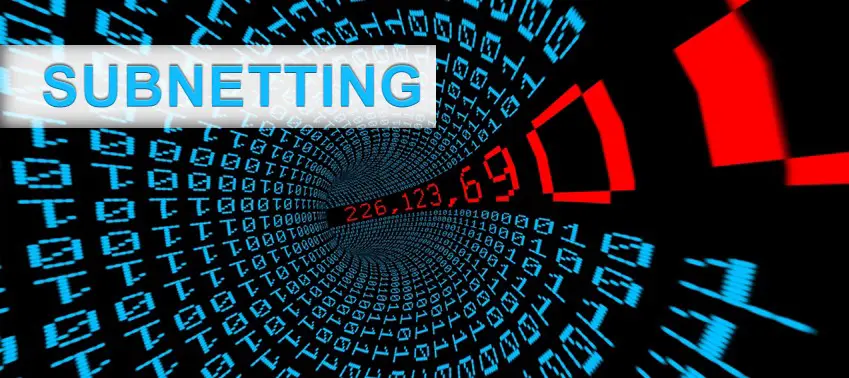You might have heard of IP addresses being used in internet communications. You can find your system’s IP address by entering ipconfig in Windows command prompt or a Mac terminal. Here, we will look at how every single device on the network of yours gets its own IP address despite your internet provider giving you just one IP address.
The Cause For The Existence Of Subnetting
The need for conserving IP addresses was obvious when the fourth version of the internet protocol was invented. We are certain that those engineers who worked on it never felt that there would be a day when there will be over 4 billion IPv4 addresses. Anyhow, they suspected that, should they fail to be conservative in the allocation of the addresses, these would be scarce resources. To help avoid the situation of the addresses being scarce resources, the subnetting concept started to exist.
What Subnetting Is And How It Is Useful
Subnetting refers to the process of splitting one network into multiple networks. It is essentially utilized to split an internet protocol address into the following parts.
- One part that identifies the computer, referred to as the ‘host address’.
- A different part that acts as an identifier for the specific network it belongs to. It is described as the ‘network address’.
Instead of allocating one IP address per new network device, your internet provider would offer you with a single address space. This is to say, they will allocate one internet protocol address for the network of yours that has addresses useable for the devices you will add to it. By using only your network’s IP address and its subnet mask, it is possible to work out the number of IP addresses that are available for those to-be-added network devices.
That subnet mask defines a number of addresses useable on the network of yours. The initial 24 binary digits of what your ISP allocates will be your network IP address. It is possible to find it by combining the ISP-allocated IP address and your subnet mask. When you plug in one device to the modem and skip the router of yours, it would become the device’s IP address.
Subnetting keeps a considerable number of internet protocol addresses from being unutilized, plus it aids in assigning these in an efficient way. It also simplifies the process of managing networks. This simplification is possible because splitting a big network into smaller and interconnected ones can help to reduce traffic.






